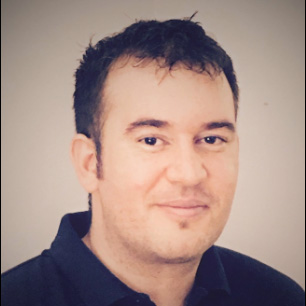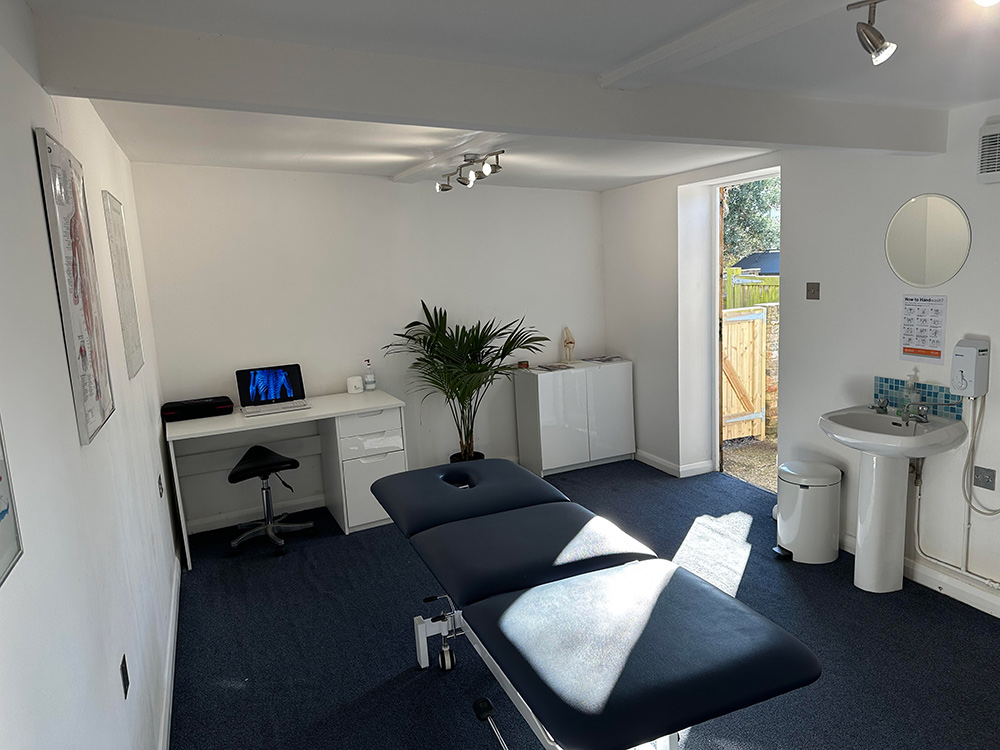
Osteopathy
Osteopathy
New Patient Appointment - £60.00
Follow Up Appointment - £50.00
Person Centred Counselling
50 Minute Session - £50.00
- WHAT IS OSTEOPATHY?
- WHAT TO EXPECT FROM YOUR CONSULTATION
- WILL TREATMENT HURT?
- HOW CAN OSTEOPATHY HELP?
Osteopathy uses many of the diagnostic procedures used in conventional medical assessment and diagnosis. Its main strength, however, lies in the unique way the patient is assessed from a medical and musculoskeletal standpoint and the manual methods of treatment applied to suit the needs of the individual patient.
Osteopaths use touch, physical manipulation, stretching and massage to increase the mobility of joints, to relieve muscle tension, to enhance the blood and nerve supply to tissues, and to help your body’s own healing mechanisms. They may also provide advice on posture, exercise and nutrition to aid recovery, promote health and prevent symptoms recurring.
After the case history is complete the osteopath will carry out a thorough examination to further test their theory about what the problem could be. At this point the patient may be asked to remove some items of clothing so that the osteopath can observe the specific area of discomfort or pain more closely. This will allow the osteopath to check for swelling, bruising and inflammation and also to help assess a patient’s posture more accurately which may help to identify the origin of the problem.
Once the osteopath has a good understanding of the presentation they will discuss this with the patient in terms that they can understand and discuss the possible types of treatment that would be suitable and work out a treatment plan that the patient can consent to.
Osteopathy may help to provide relief for a number of problems that may arise in everyday life. Here are a few examples of some of the types of presentations that may benefit from treatment
- Low back pain
- Neck pain
- Headaches and migraines
- Sciatica
- Frozen shoulder
- Tight muscles
- Joint pain
- Sports injuries
- Symptoms arising from pregnancy
- Rheumatic and arthritic conditions

WAYNE BECK
M.oST D.O
Wayne has used the principles of osteopathy and treatment approach to help patients with many differing complaints over the years including, low back pain, neck and shoulder pain, joint stiffness, headaches, muscle strains, osteoarthritis and many more musculoskeletal presentations.
Wayne utilises a broad set of treatment approaches in his practice including strong structural techniques with manipulations known as HVT’s, joint mobilisations and articulation techniques, deep and soft tissue work, and muscle energy technique. He also uses the classical approach to Osteopathy which utilises a multi joint treatment system to help allow the whole body to achieve balance when entering the healing process.
Wayne has lived in Seaford, East Sussex, for most of his life and in his spare time he loves to go out hiking over the South Downs Way and over the mighty Seven Sisters cliffs. He also enjoys weight lifting, paddle boarding and sea swimming at Seaford beach and shredding his mountain bike through Friston Forest.


